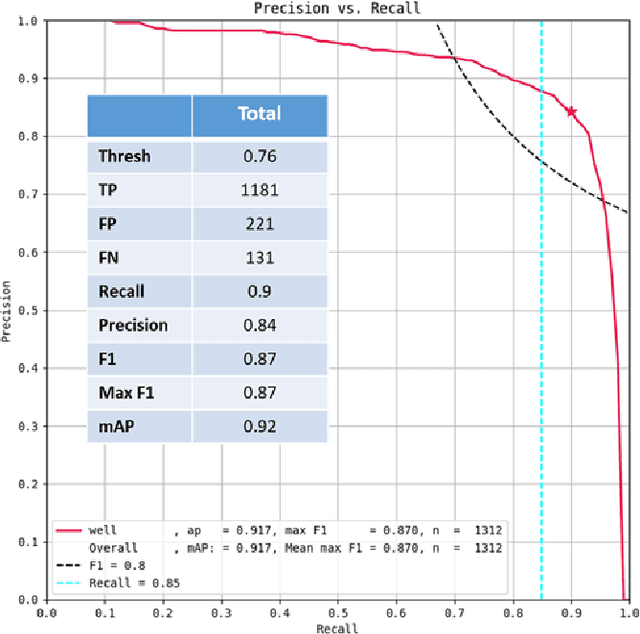Michael Harner
Detecting the Presence of Vehicles and Equipment in SAR Imagery Using Image Texture Features
Sep 10, 2020



Abstract:In this work, we present a methodology for monitoring man-made, construction-like activities in low-resolution SAR imagery. Our source of data is the European Space Agency Sentinel-l satellite which provides global coverage at a 12-day revisit rate. Despite limitations in resolution, our methodology enables us to monitor activity levels (i.e. presence of vehicles, equipment) of a pre-defined location by analyzing the texture of detected SAR imagery. Using an exploratory dataset, we trained a support vector machine (SVM), a random binary forest, and a fully-connected neural network for classification. We use Haralick texture features in the VV and VH polarization channels as the input features to our classifiers. Each classifier showed promising results in being able to distinguish between two possible types of construction-site activity levels. This paper documents a case study that is centered around monitoring the construction process for oil and gas fracking wells.
* 6 pages, 6 figures, 2019 IEEE Applied Imagery Pattern Recognition Workshop (AIPR)
Globally-scalable Automated Target Recognition (GATR)
Sep 10, 2020



Abstract:GATR (Globally-scalable Automated Target Recognition) is a Lockheed Martin software system for real-time object detection and classification in satellite imagery on a worldwide basis. GATR uses GPU-accelerated deep learning software to quickly search large geographic regions. On a single GPU it processes imagery at a rate of over 16 square km/sec (or more than 10 Mpixels/sec), and it requires only two hours to search the entire state of Pennsylvania for gas fracking wells. The search time scales linearly with the geographic area, and the processing rate scales linearly with the number of GPUs. GATR has a modular, cloud-based architecture that uses the Maxar GBDX platform and provides an ATR analytic as a service. Applications include broad area search, watch boxes for monitoring ports and airfields, and site characterization. ATR is performed by deep learning models including RetinaNet and Faster R-CNN. Results are presented for the detection of aircraft and fracking wells and show that the recalls exceed 90% even in geographic regions never seen before. GATR is extensible to new targets, such as cars and ships, and it also handles radar and infrared imagery.
* 7 pages, 18 figures, 2019 IEEE Applied Imagery Pattern Recognition Workshop (AIPR)
 Add to Chrome
Add to Chrome Add to Firefox
Add to Firefox Add to Edge
Add to Edge